Guide To Understanding The Different Blood Types
Blood is made up of red blood cells, white blood cells, platelets, and plasma. Markers called antigens are found on the surface of red blood cells, and differences in these markers classify various blood types. There are thirty-five different systems of blood group classification. Currently, blood is primarily categorized according to its ABO group and the presence or absence of the Rh factor. The blood type a child has is determined by genetics. Doctors mix a patient's blood sample with different substances to see how the blood reacts to reveal an individual's blood type. Blood typing tests are normally performed at birth. Patients are also tested before blood donation.
Individuals need to know their blood type. It helps many aspects of their health, including blood transfusions, surgery, or organ transplants. In most cases, patients will be asked their blood type, but can receive a typing test before their procedure. Of course, they may receive blood from a universal donor if their blood type is unknown. Some individuals may be able to order a blood test to find out themselves as well. However, it is still vital to understand the various blood types.
Type O

Type O blood lacks both A and B antigens. However, antibodies to both types A and B are present in the plasma of patients with type O blood. O negative blood is often considered the 'universal donor' type because patients with any blood type can receive it. The latest research suggests while this is the case for most situations, O negative blood may not always be the best type for blood transfusions for certain patients. O negative blood is one of the rarest blood types in the United States. Only an estimated seven percent of Americans have this type. Individuals with O negative blood can only receive blood that is also O negative. However, they can give blood to patients who are A positive or A negative, B positive or B negative, and AB positive or AB negative.
O positive blood is the most common blood type in the United States; approximately thirty-eight percent of the United States population has this type. Individuals with O positive blood can receive blood transfusions of either O positive or O negative blood. O positive blood donations can be given to individuals who have A positive, B positive, or AB positive blood.
Read more about the different types of blood now.
Type A
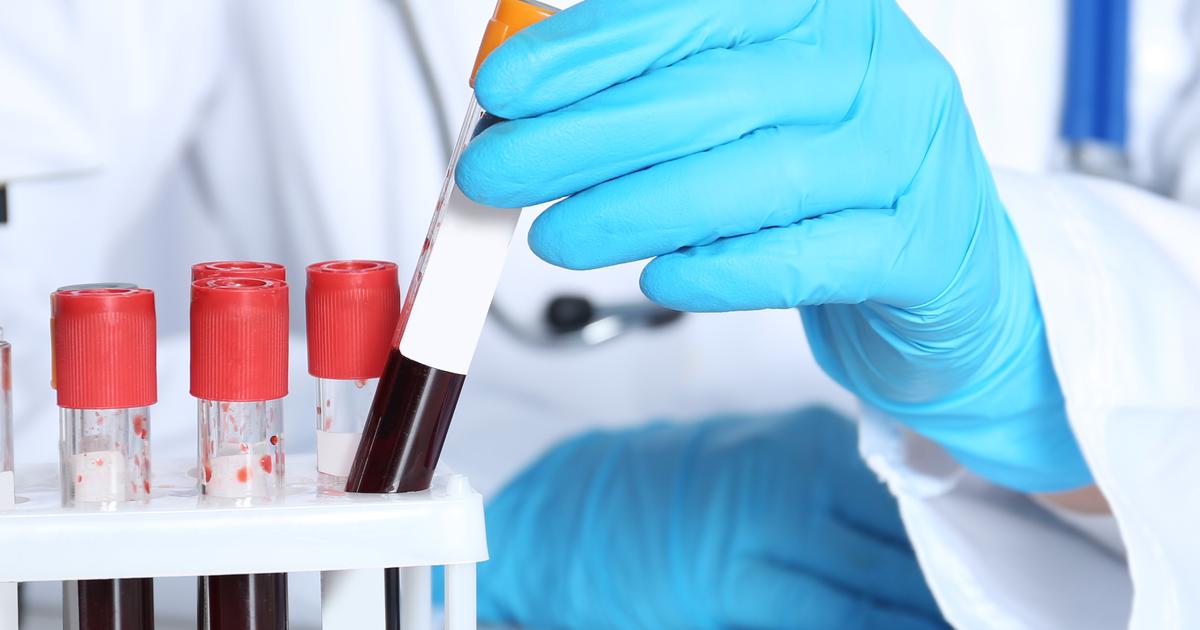
Type A blood only has A antigens, and B antibodies are present in the plasma. An estimated thirty-four percent of Americans have A positive blood, making it the second most common blood type in the country. Patients with this blood type can donate blood to individuals who have either A positive or AB positive blood. They can receive blood transfusions of A positive, A negative, O positive, or O negative blood. Six percent of the United States population has A negative blood, making it one of the rarer types. Individuals with A negative blood can receive blood that is either O negative or A negative. A negative blood can be donated to patients who have A positive, A negative, AB positive, or AB negative blood.
Uncover more information on the different types of blood now.
Type B

Both the B negative and B positive forms of blood are especially rare in the United States. Nine percent of Americans have B positive blood, and only two percent of individuals around the country have B negative blood. Type B blood has a marker known as marker B, and it lacks any other markers. However, type A antibodies are found in the plasma of type B blood. Patients with B positive blood can donate blood to individuals with B positive or AB positive blood. They can receive blood that is O negative, O positive, B negative, or B positive. Those with B negative blood can donate to patients with B negative, B positive, AB negative, or AB positive blood types. Additionally, individuals with B negative blood can receive transfusions of either B negative or O negative blood.
Continue reading to reveal more facts about different types of blood now.
Type AB
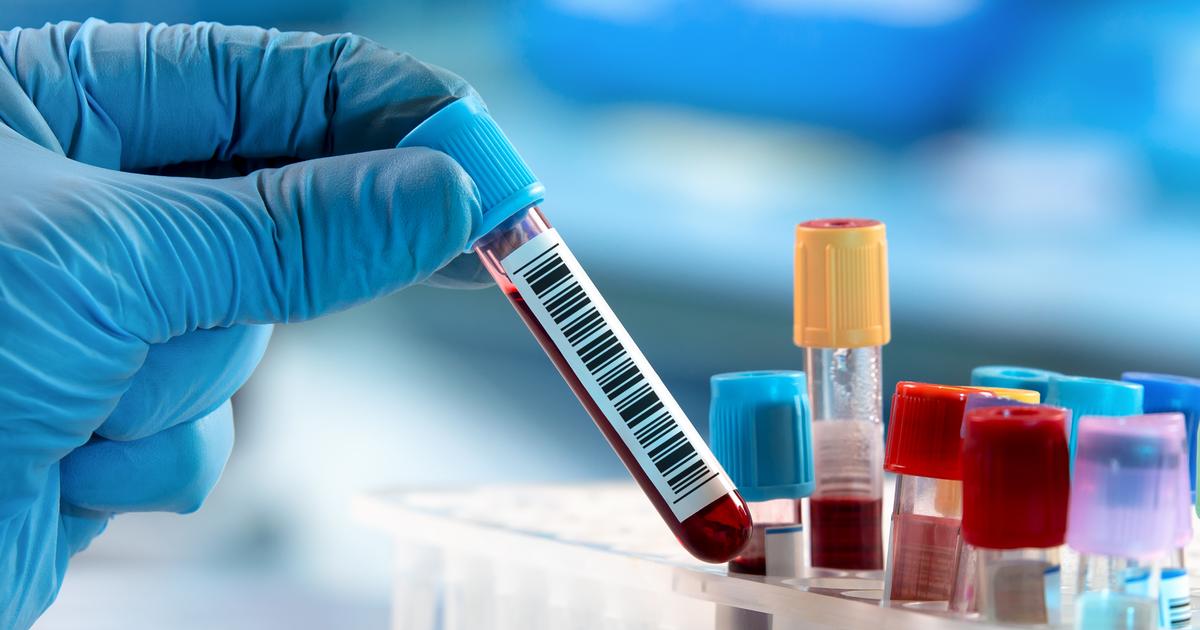
Blood classified as type AB contains both A and B markers. No A or B antibodies are found in type AB plasma. Three percent of Americans have type AB positive blood, and just one percent of the population has AB negative blood. Thus, AB negative is the rarest blood type in America. Patients with the AB blood type are considered universal plasma donors because patients with any blood type can receive their plasma. Individuals with AB positive blood can donate their blood to patients who also have AB positive blood. They can receive blood transfusions of any blood type. Patients with AB negative blood can donate their blood to individuals who have either AB positive or AB negative blood. It is safe for them to receive AB negative, A negative, B negative, or O negative blood.
Learn about Rh factor and blood next.
Rh Factor
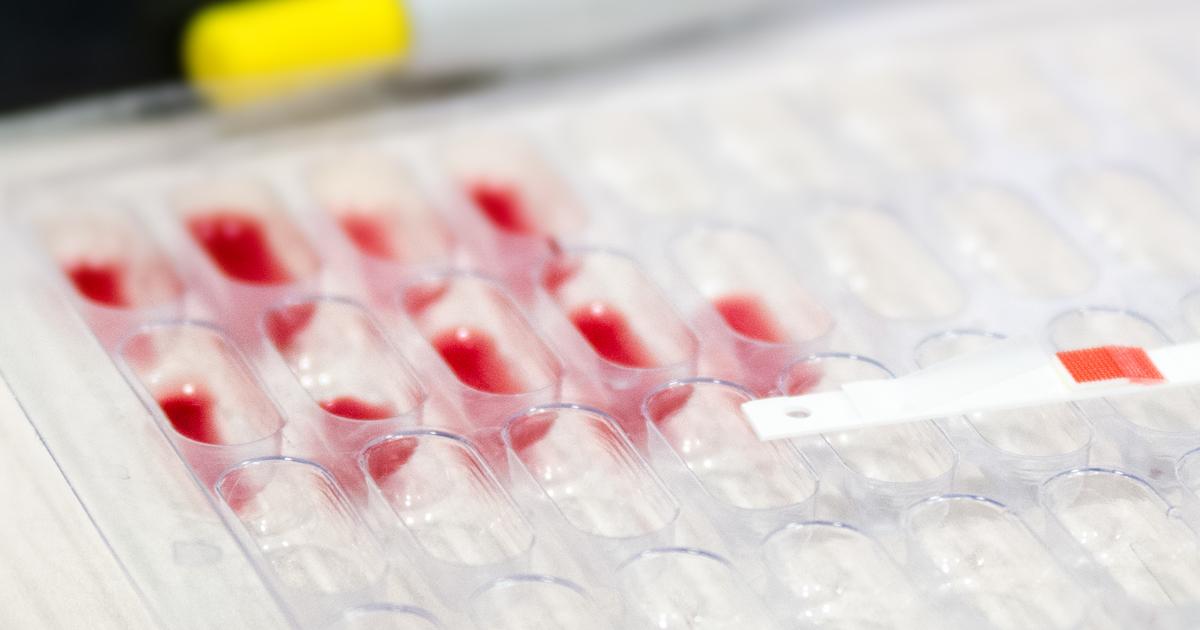
The Rh factor, also called the Rhesus factor, is an antigen that occurs in the blood of humans and other primates. The Rhesus factor is present in an estimated eighty-five percent of all blood for humans across the globe. Patients who have the Rhesus factor in their blood are classified as having a positive blood type. Those who do not have it have a negative blood type. While the lack of the Rhesus factor is not considered an illness and typically has no impact on a patient's health, it may affect a patient's health during pregnancy.
Since a baby can inherit the Rhesus factor from either parent, issues might occur when an unborn baby is Rh-positive and the mother is Rh-negative. This is known as Rh incompatibility. Pregnant women normally have a screening test for this incompatibility during their first prenatal appointment. Women who have Rh incompatibility may need to be given several Rh immunoglobulin injections. The reason is to prevent the production of Rh antibodies during pregnancy.
Get the full details on the Ro subtype next.
Ro Subtype
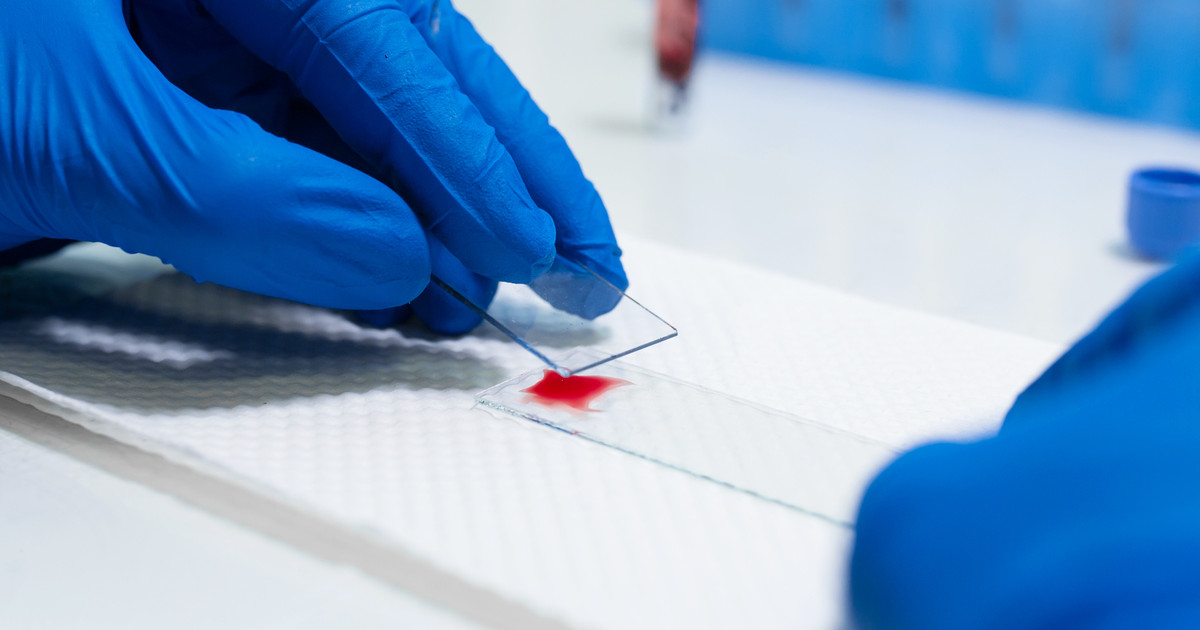
In addition to the main types of blood, patients may also have a subtype. One of these subtypes is the Ro subtype, which was discovered in 1943. This is a variation of Rh positive blood, which means individuals may have it if they have A positive, B positive, AB positive, or O positive blood. Understanding subtypes is vital, since patients need compatible blood during surgeries and transfusions. According to reports, the demand for the Ro subtype is rising every year by approximately ten to fifteen percent. In addition, this subtype is quite rare, with only an estimated two percent of donors having it.
Additional information suggests that the Ro subtype is crucial in treating sickle cell anemia, which is more common among black individuals. Furthermore, research shows that the Ro subtype may be up to ten times more common in black individuals compared to other ethnicities. This makes it crucial for these individuals to donate blood regularly.
Continue reading to learn about golden blood next.
Golden Blood (Rhnull)
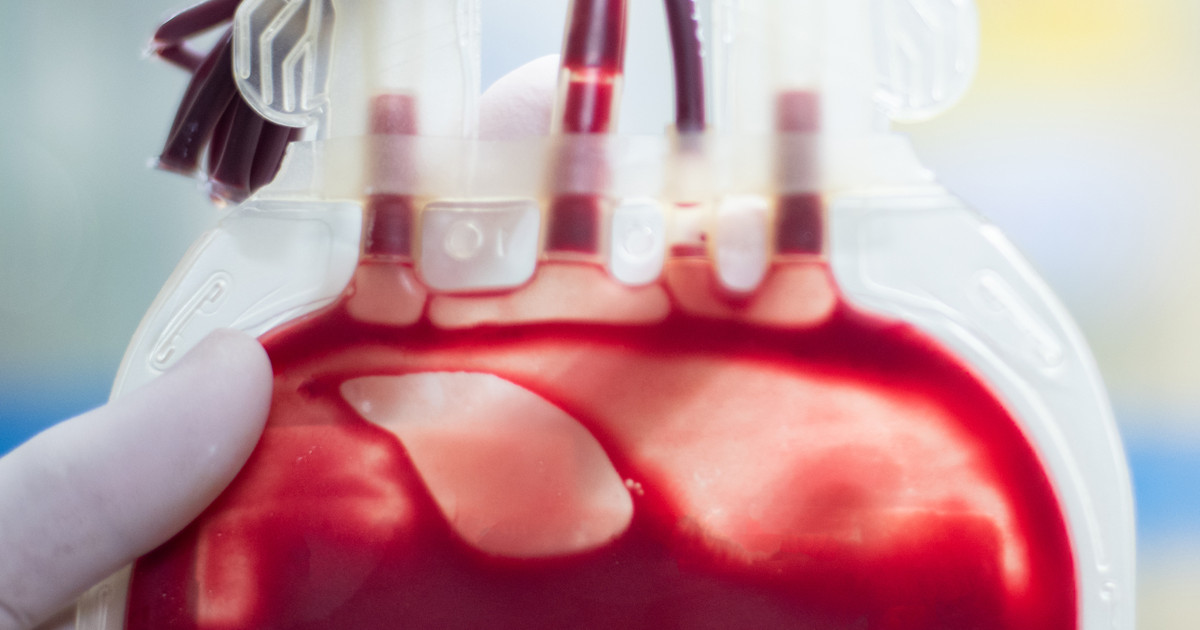
The Rhesus factor is what allows blood to be categorized as either positive or negative. However, it is worth noting that the Rhesus factor is referring to a specific antigen, and the Rhesus system has sixty-one antigens. As mentioned, having the Rhesus factor, the specific antigen, means that an individual's blood type (O, A, B, or AB) is positive. Not having this antigen means that their blood type is negative. Both of these are fairly common, especially when golden blood is considered.
Golden blood is the term given to Rhnull blood. Rhnull blood means that an individual's blood does not contain any of the sixty-one antigens in the Rhesus system. This blood type is extremely rare. Doctors used to believe that babies with this blood type would not make it out of their mother's womb. In fact, evidence indicates that only forty-three individuals worldwide have been reported to have this blood type. There are only nine active donors with Rhnull blood.
Get more information on blood types and why blood type is vital next.
Why Blood Type Is Vital
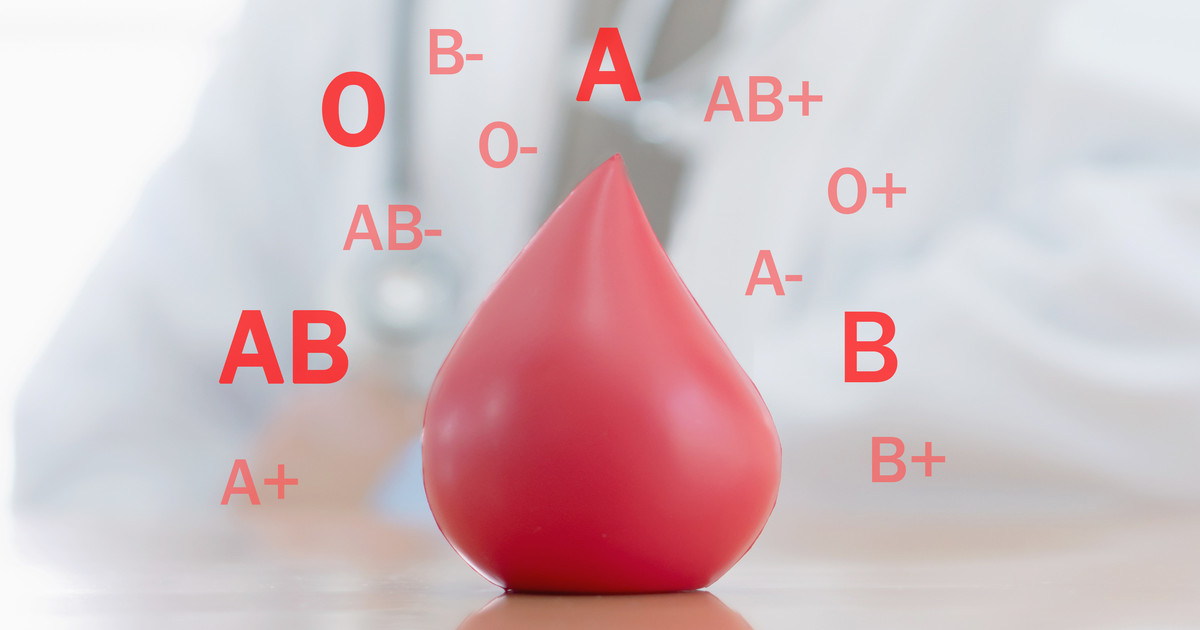
Everyone needs to know their blood type. As mentioned, blood is used in many ways. This includes during surgery, blood transfusions, and organ transplants. However, individuals need to receive the correct type of blood for these procedures to go well. Receiving incompatible blood can be fatal. Thus, patients should know their blood type so that they can communicate this information with their doctor. Individuals also need to know their blood type so that they know their donor type. In many instances, organizations that handle blood donations will put out a call for specific types of blood. In natural disasters and other emergencies, the call is for universal donors in particular. These organizations will also put out a call when they are short on specific blood types.
Finally, patients need to know their blood type so that they can make a better health plan with their doctor. For women, this includes planning a healthy pregnancy. Other examples of why blood type is vital for health planning is that type AB blood carries a higher risk of stroke and type A blood is a risk factor for stomach cancer. However, it is worth noting that type O blood has a low risk for type 2 diabetes and heart disease.
Discover the relationship between blood type and ethnicity next.
Blood Types And Ethnicity

There are links between blood types and ethnicity. Every ethnicity can have all of the major blood types in it. As a reminder, the major types are positive and negative O, A, B, and AB blood. It is worth noting that certain blood types are found more often in certain ethnicities. Type O blood is the most common worldwide. However, it is the most common among individuals with Hispanic heritage. Reports indicate that type O blood is found at a rate of fifty-seven percent in these individuals. Another example of the link between ethnicity and blood type is that type B blood appears to be the most common among individuals with Asian heritage.
Finally, research indicates that there can be a lower risk of reactions when individuals receive blood from someone of the same ethnicity. It can also be of significant benefit as well. A prime example of this is the Ro subtype. This subtype is more common in black individuals and, as mentioned, appears to be a significant help in treating sickle cell anemia, which is also more prevalent in these individuals.
Reveal information on other blood typing systems next.
Other Typing Systems
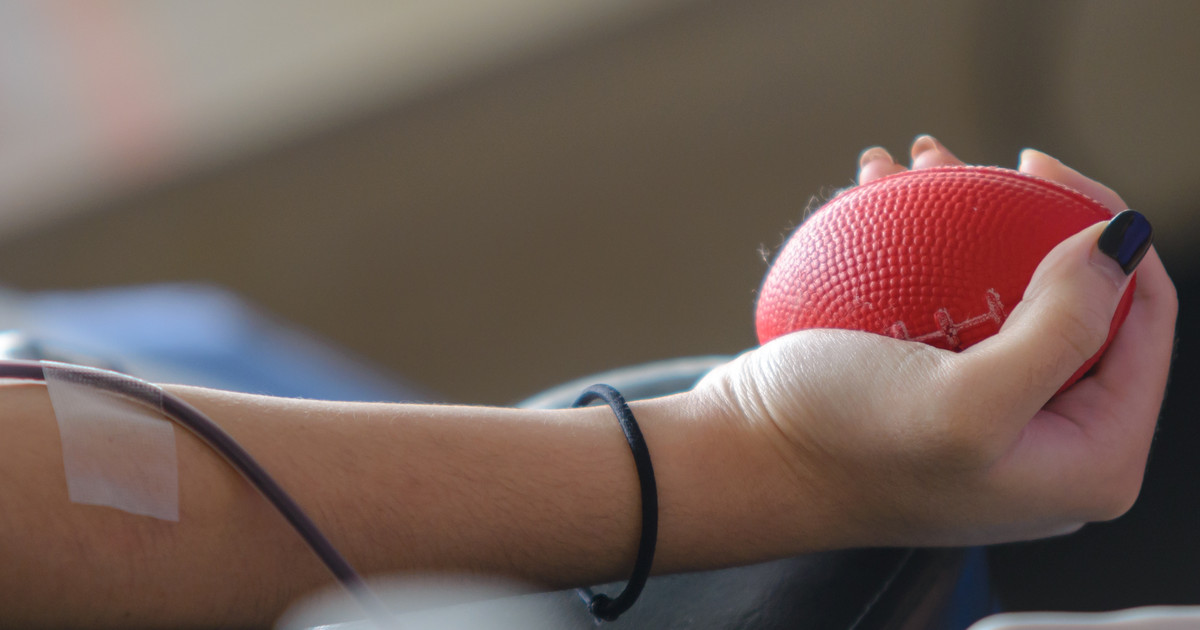
The most common blood typing systems are the ABO and Rh systems. Individuals need to know their blood type according to these systems. In fact, they may only need to know these systems. However, there are other typing systems. Some of these systems are the MNS, Kell, and Lewis systems. The MNS system is based on chromosome 4 and two genes, glycophorin A and B, on it. This system contains forty-six antigens. The Kell system is a group of antigens that have an important link to autoimmune conditions, such as autoimmune hemolytic anemia. Evidence indicates that Kell antigens are important in transfusions as well.
The Lewis system of blood typing is based on the FUT3 and FUT2 genes (Lewis and Secretor genes, respectively), which are found on chromosome 19. The antigens in this system do not appear to be relevant to blood transfusions, since reports indicate that the donor's red blood cells will develop the antigens of the recipient. In fact, the risk of complications of mixing different blood types (as categorized by these other typing systems) is fairly low overall.